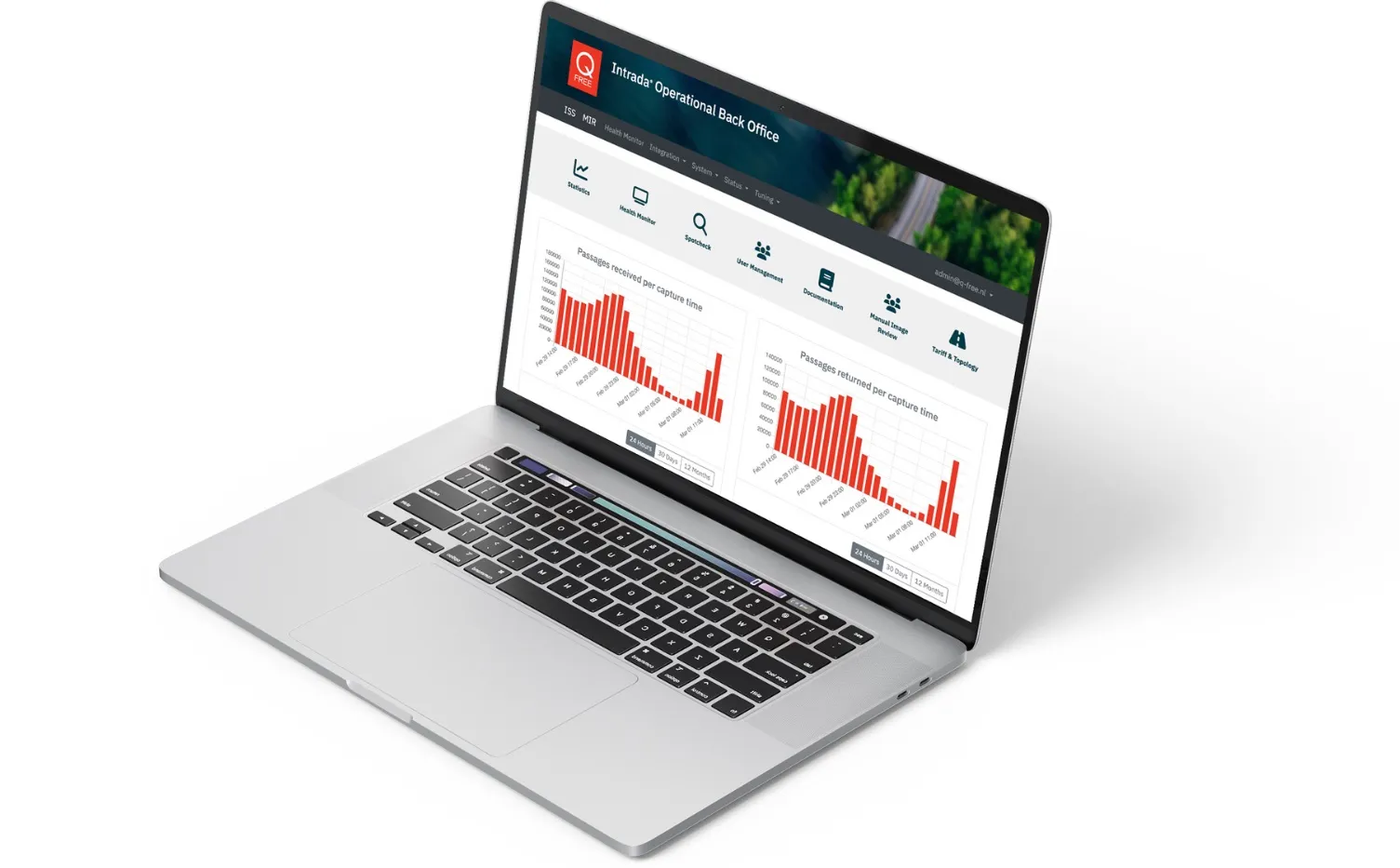The substantial energy saving capability of LED lamps over traditional lighting is now well recognised and Telegra's new Lightway IQ LED lamps are no exception. However, that's only part of the cost savings provided by these devices.
February 6, 2012
Read time: 1 min
The substantial energy saving capability of LED lamps over traditional lighting is now well recognised and 133 Telegra's new Lightway IQ LED lamps are no exception. However, that's only part of the cost savings provided by these devices.
The company's advanced design is intended for an operating life of 20 years in real life conditions without regular maintenance. Moreover, the units feature quick plug & play electrical module replacement without need for special tools and use the highest efficiency LEDs - 140 lm/W - which are typically 20-30 per cent more than currently used in the market. Even high power HPS lamps up to 300W can be replaced with Lightway IQ LED lamps.
Telegra's units also provide an intelligent solution that can lower operational costs further through advanced flexible dimming algorithms, fully integrated into the ATMS (Advanced Traffic Management System) through topXview - the company's complete ITS software platform. Adjustable intensity based on traffic and environment data not only saves energy but also improves road safety.
The company's advanced design is intended for an operating life of 20 years in real life conditions without regular maintenance. Moreover, the units feature quick plug & play electrical module replacement without need for special tools and use the highest efficiency LEDs - 140 lm/W - which are typically 20-30 per cent more than currently used in the market. Even high power HPS lamps up to 300W can be replaced with Lightway IQ LED lamps.
Telegra's units also provide an intelligent solution that can lower operational costs further through advanced flexible dimming algorithms, fully integrated into the ATMS (Advanced Traffic Management System) through topXview - the company's complete ITS software platform. Adjustable intensity based on traffic and environment data not only saves energy but also improves road safety.










